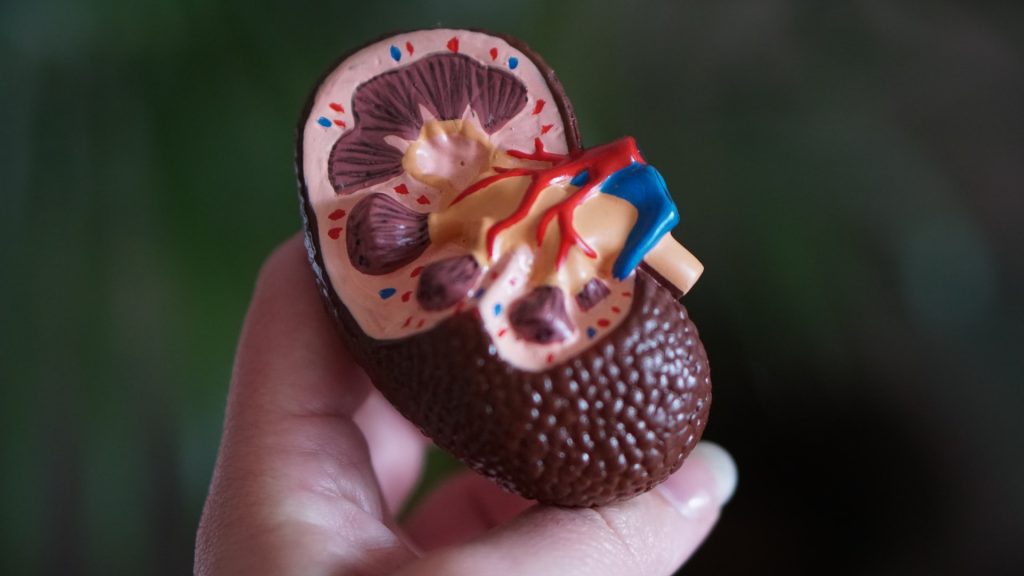‘Indian Hedgehog’ – a Protein That Drives Chronic Kidney Disease

Researchers studying mice to investigate scarring in kidneys and hearts have found that it is driven by a protein called Indian Hedgehog (IHH), which is produced and released by a subset of cells in aged and injured kidneys. They published their findings in the journal Science Translational Medicine.
The researchers believe that IHH could become a potential target for therapies to treat chronic kidney disease (CKD) – a condition that affects 10% of the world’s population.
Risk factor
CKD is a term used to cover any form of kidney disease that continues for more than a few months. It can affect people of any age, but older people are more likely to experience some level of CKD.
While CKD primarily causes damage to kidneys, it is also a major risk factor for accelerated cardiovascular disease and premature death.
Progressive fibrosis – scarring of the kidneys – is a common feature in all CKD, but the mechanism underlying this connection is not fully understood.
Reduced scarring
A team from the University of Edinburgh identified a subset of epithelial cells that produce IHH and are only present within aged or injured mouse kidneys. They showed that these cells produced IHH in response to being activated by the protein TNF – a well-recognised driver of inflammation.
When blocking the actions of TNF or IHH in mouse models of kidney scarring, the team found that scar production in the kidney was reduced and kidney function was also better preserved. Increased levels of scarring in the heart also returned to normal levels.
Blocking pathway
In humans, the team showed that circulating IHH levels were significantly raised in patients with CKD. Patients with cardiovascular disease also had higher levels of IHH than those without cardiac problems.
The findings offer hope that blocking the TNF/IHH signalling pathway could improve both kidney and heart fibrosis problems – the leading cause of morbidity and mortality in patients with CKD.
There is a major unmet need for better treatments to halt the progressive kidney scarring and cardiovascular problems which affect so many patients with CKD. I’m excited at the potential of this work, and the new insights to be gained into the role of IHH as a major driver of multi-organ fibrosis, which we hope can be a first step on the road towards better treatments for patients.
Dr David Ferenbach, MRC Senior Clinical Fellow at the University of Edinburgh
Source: University of Edinburgh

